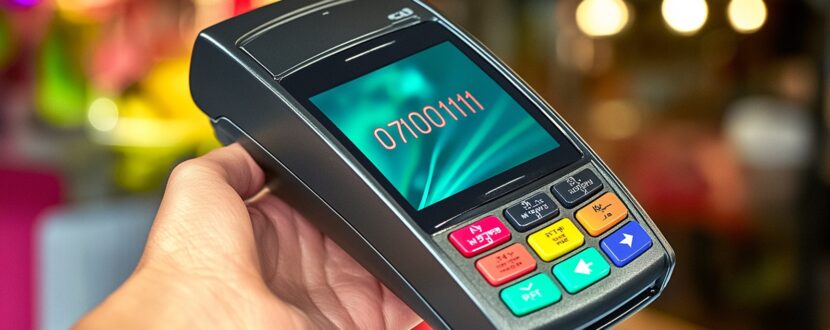A terminal ID number, often abbreviated as TID, is a unique identifier assigned to a specific point-of-sale terminal or card reader. This number is essential for processing credit and debit card transactions, as it allows financial institutions and payment processors to track and manage each transaction originating from that particular terminal.
The terminal ID ensures that all transaction information is accurately associated with the correct point of sale, enabling seamless payment processing and robust security measures. Additionally, by maintaining distinct terminal ID numbers, businesses with multiple terminals can efficiently manage and reconcile transactions across various locations or departments.
Is a Terminal ID the Same as a Merchant ID (MID)?
While a terminal ID (TID) and a merchant ID (MID) are both crucial components in the payment processing ecosystem, they serve distinct purposes.
A terminal ID is assigned to a specific point-of-sale device or card reader, as detailed above, and is used to track transactions at the terminal level. In contrast, a merchant ID, or MID, is a unique identifier assigned to a business entity as a whole. This number allows payment processors and financial institutions to track transactions for the entire business, regardless of the number of terminals or locations the business operates.
While a single business may possess one MID, it can have multiple TIDs, each corresponding to a different terminal. This differentiation helps ensure accurate transaction tracking and reporting at both the merchant and terminal levels.
What’s the Purpose of a Terminal ID Number?
The primary purpose of a Terminal ID number is to accurately track and manage transactions at an individual terminal or point-of-sale device
This unique identifier allows financial institutions and payment processors to ensure that each transaction’s data is linked directly to the specific terminal where it originated. This association not only aids in maintaining the integrity and accuracy of transaction records but also enhances security measures by facilitating the detection and prevention of fraudulent activities.
Furthermore, terminal ID numbers are instrumental for businesses in managing their sales efficiently, particularly those with multiple locations or departments, as they enable clear organization and reconciliation of transactions across various points of sale.
Can Terminal IDs Help Prevent Fraud & Chargebacks?
There is indeed a connection between terminal IDs and fraud prevention efforts.
Terminal IDs serve as vital tools in the identification and tracking of each transaction as it occurs at a specific point-of-sale terminal. By ensuring that every transaction can be pinpointed to its originating device, terminal IDs enable financial institutions and payment processors to quickly detect irregularities or patterns indicative of fraudulent activity.
For instance, if a terminal ID displays an unusually high number of declined transactions or transactions of sizable amounts at odd hours, this can trigger further investigation. This detailed level of tracking not only deters fraudulent behavior but also allows for swift response to potential breaches, protecting both businesses and consumers from financial loss.
In conclusion, terminal IDs play a crucial role in the modern financial ecosystem, enhancing the accuracy, security, and manageability of transactions. Their ability to link each transaction to a specific point-of-sale terminal is invaluable in preventing fraud and chargebacks, offering businesses a proactive tool to safeguard against financial threats. This system not only fosters trust and reliability within payment processing networks but also empowers businesses to efficiently monitor sales activities across multiple locations.



